7 Top Lumber Stocks to Play Timber Mania
Surging demand for houses has lumber prices trading near record highs. Here are 7 timber stocks to consider in this red-hot market.
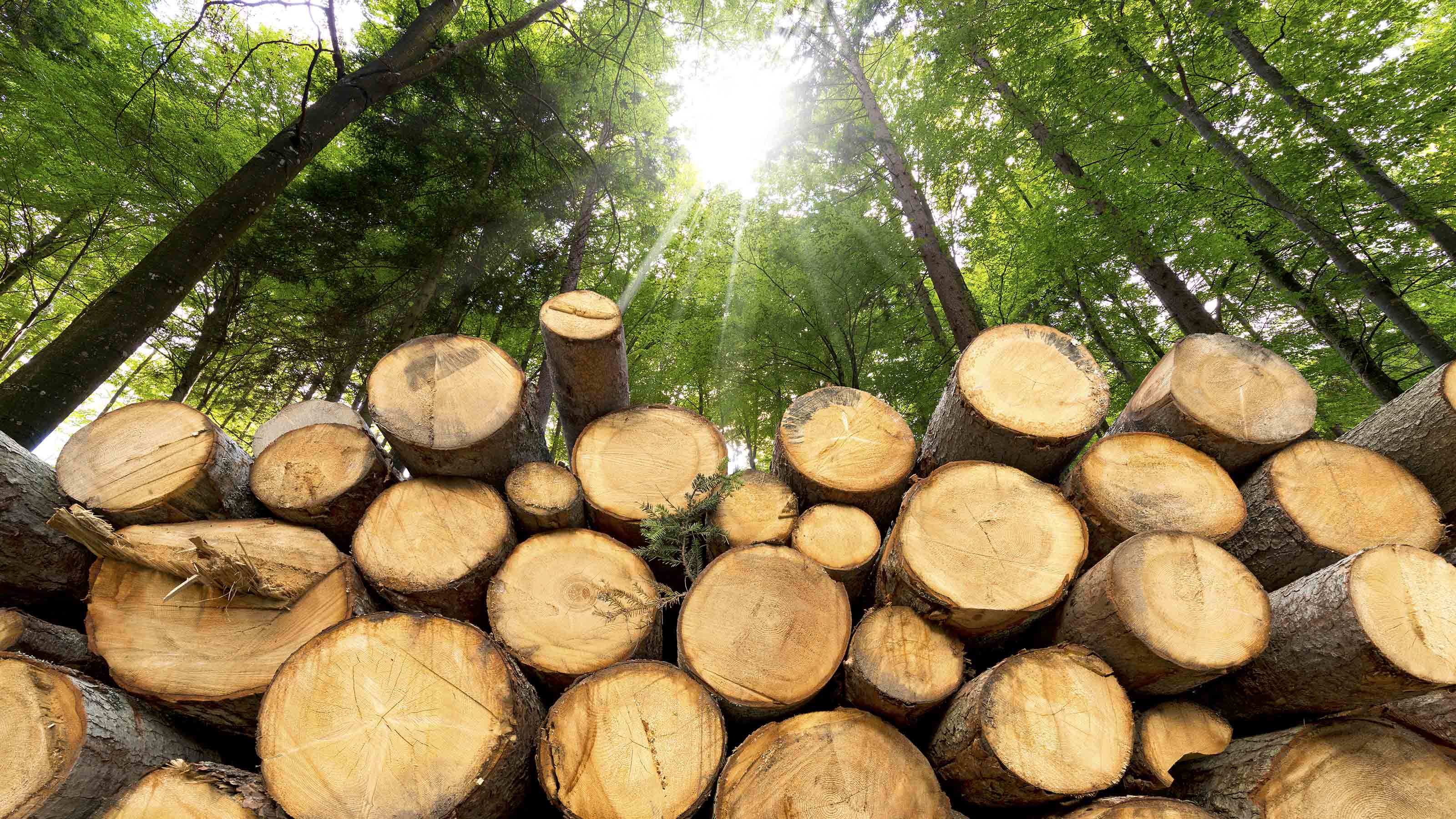
There's one commodity that's worth its weight in gold right now. And at this point, it may be worth more than its weight in gold. We're not talking about Bitcoin, diamonds or some other "precious" material. We're talking about the 2x4 at your local home improvement store: lumber.
Lumber has become the hot commodity these days, with futures on the Chicago Mercantile Exchange hitting a record above $1,700 per thousand board feet back in mid-May. While lumber prices have retreated some, they still remain elevated and near highs not seen in decades – and that has created a boon for lumber stocks.
A combination of pandemic-related shortages and rising demand is the catalyst for the surge in prices, and, by proxy, lumber stocks. Like with most sectors, timber companies have had to deal with plenty of labor and restrictions due to the COVID-19 virus. In fact, by April of last year – right in the thick of the pandemic – nearly 40% of North America's sawmill capacity was closed.
The problem is that demand for lumber has skyrocketed in that time. Thanks to low interest rates and inflation fears, the housing market has rebounded in a big way. The U.S. Census Bureau's latest data shows a whopping 48.3% year-over-year increase to the number of new homes sold in April. Building permit data has also trended higher.
All of this has created a very bullish environment for lumber stocks. Perhaps the best part is that many analysts now predict that elevated timber prices may be here to stay. Saw mill utilization remains low, demand remains high and lumber producers aren't exactly looking to boost supplies anytime soon.
This creates an interesting opportunity for investors. Here are six top-notch lumber stocks (and one fund) to watch as timber mania continues.
Disclaimer
Data as of May 27. Dividend yields are calculated by annualizing the most recent payout and dividing by the share price.

Weyerhaeuser
- Market value: $28.7 billion
- Dividend yield: 1.8%
While institutional investors will often invest in so-called timber management organizations (TMOs) – which own or manage forestland and profit when they sell logs – most retail investors aren't able to participate in these vehicles.
But what we do have is a pretty similar proxy.
Timber real estate investment trusts (REITs) function just like a regular REIT that owns apartments or a shopping mall. In this case, they collect "rent'' from those using the land. The kicker is many have sawmill and wood product subsidiaries that allow them to profit both ways.
When it comes to timber REITs, Weyerhaeuser (WY, $38.32) is the biggest with roughly 12,400,000 acres under ownership and another 14,000,000 under management.
That massive size and scope has benefited the firm throughout the recent surge in lumber prices. WY is able to harvest its own logs and turn them into usable boards. This has turned out to be a great business model during the current timber mania. WY's wood products division was responsible for roughly 80% of adjusted earnings during the first quarter. Those adjusted earnings, by the way, clocked in at a record $1.1 billion.
The best part is that Weyerhaeuser should see continued top results going forward.
Raymond James' analysts Buck Horne and Travis Workman now predict a lumber "supercycle" that would produce "structurally higher lumber prices."
For WY, the duo believe the firm will now earn about $3.7 billion in profits this year. That's a nearly 16% increase to their previous estimates and uses a lower average price for lumber than current readings. The pair recognize this fact as "purely conservatism on our part, rather than anything imminently fundamental."
The end all, be all is that this lumber stock is set to make the most out of rising timber prices.
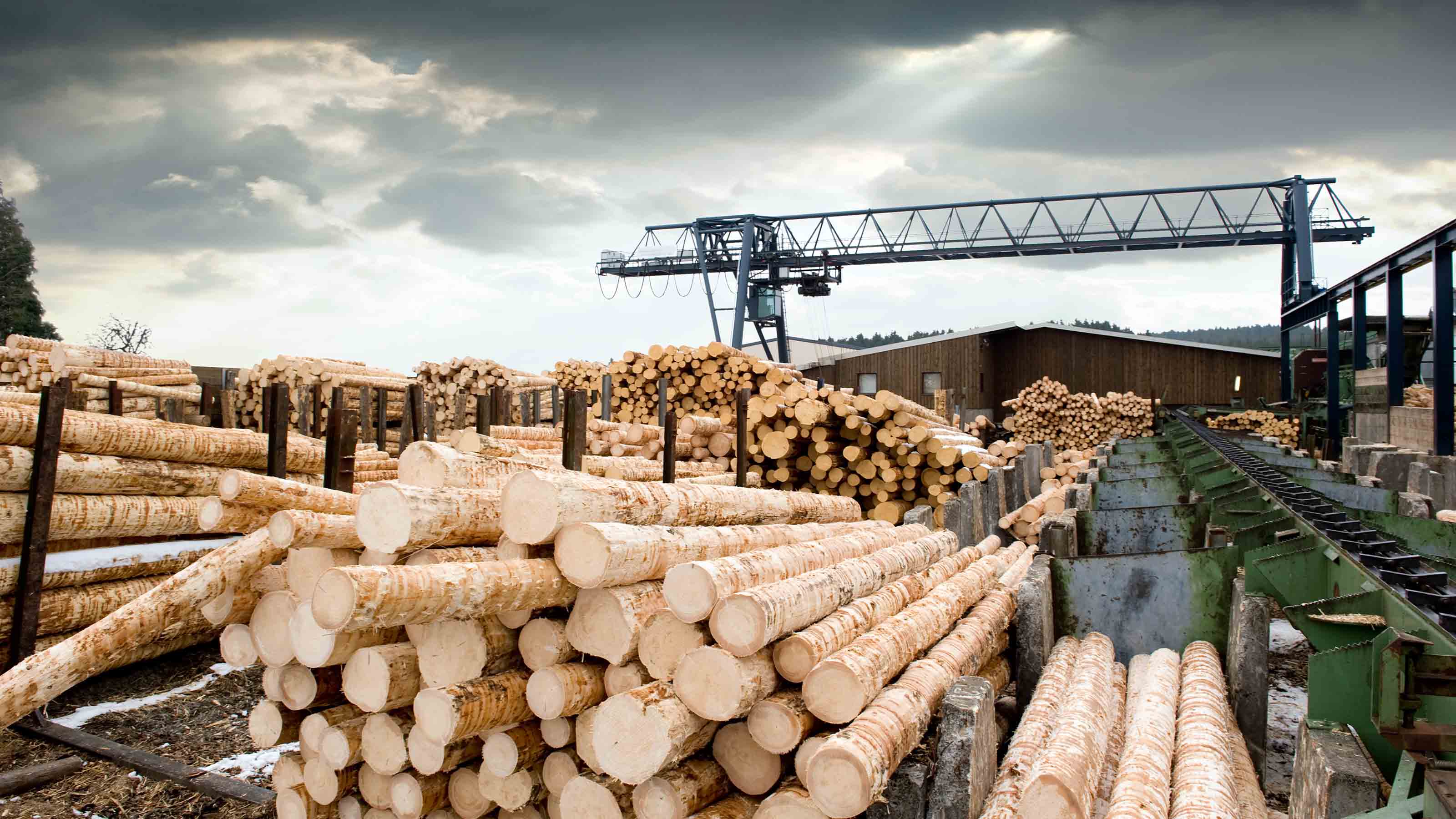
PotlatchDeltic
- Market value: $4.0 billion
- Dividend yield: 2.7%
When it comes to major timber REITs, PotlatchDeltic (PCH, $60.39) was always the small fry. That changed a few years ago when it merged with Deltic Timber into its current form. Now, it's a powerhouse when it comes to lumber.
While smaller than previously mentioned Weyerhaeuser – with roughly 1.8 million acres under its belt – PCH is no slouch. Like WY, PotlatchDeltic sells timber and wood products. The difference is that the smaller PCH tends to focus more on market pricing rather than long-term rental agreements for its land. This can create some larger swings in its earnings. But lately, it has managed to supercharge them.
Thanks to surging lumber prices, PotlatchDeltic saw a 79% sequential jump in earnings from its wood products division in the first quarter, while timberland earnings jumped by more than 9% – both records. The crazy thing is that lumber prices have only grown further than the average $890 price Potlatch recorded during the first three months of 2021.
Because of this, PCH management seems pretty convinced of continued earnings surges. In an interview with the Wall Street Journal, PotlatchDeltic CEO Eric Cremer said, "it is hard to imagine what could cause lumber demand to drop and prices to moderate in the foreseeable future."
Analysts agree. Horne and Workman from Raymond James recently upped their full-year earnings estimates for PotlatchDeltic by 7% on the firm's strong performance by saying that PCH is "already poised for another record EBITDA performance in 2Q21."
Higher earnings should help on the shareholder reward front as well. As a REIT, PCH is required to kick the bulk of its earnings/cash flows back to investors. With higher average lumber prices, Horne and Workman believe that Potlatch will have the cash flows to raise its payment this year. The lumber stock currently yields a 2.7% dividend.
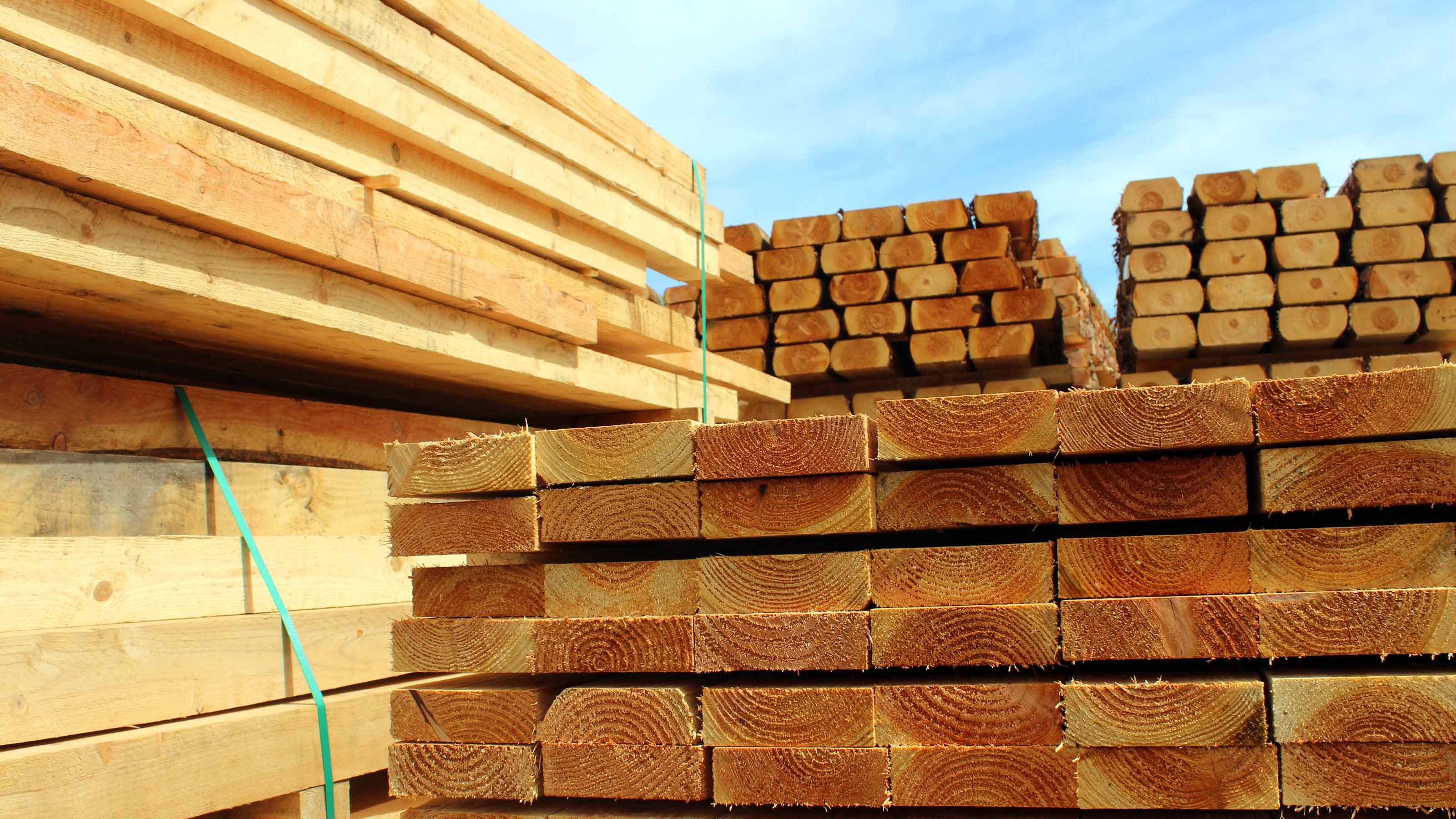
UFP Industries
- Market value: $4.9 billion
- Dividend yield: 0.8%
For investors looking to get to the "meat" of rising lumber prices, it makes sense to focus on a pure producer of boards, 2x4s, framing and other actual wood products. While WY and PCH do make money from land recreation and other related businesses. UFP Industries (UFPI, $79.92) is strictly a producer of timber.
And as one, UFPI has been on a monster run during the commodity's surge. Shares of the lumber stock are up a staggering 69% year-over-year. That jump to its current share price seems justified, however.
Thanks to rising lumber prices, UFP Industries managed to report net sales of $1.83 billion and net earnings of $103 million in its first quarter. For those keeping score, that represents year-on-year increases of 77% and 157%, respectively, and set records on both fronts. One of the keys for UFPI's growth has been low stumpage fees.
Stumpage fees are the price lumberjacks pay timberland owners to harvest their land. Right now, stumpage fees are at their lowest levels since 2011. Thanks to labor storages and pandemic-induced storages, timberland owners are basically begging to get their land harvested.
Like crack spreads for an oil refiner, low stumpage fees improve wood producers' margins as they turn raw wood into finished boards. And with finished lumber prices at records, firms like UFPI are able to feast on the wide spread.
Stumpage fees are expected to increase slightly and margins to decrease by the end of the year, but analysts are still bullish on the lumber stock's position and ability to profit handsomely throughout the year and next.
Stifel analyst Stanley Elliott recently upped UFPI's earnings estimates on the strength of lumber prices and continued strong margins.

West Fraser Timber
- Market value: $9.5 billion
- Dividend yield: 0.8%
Our neighbors to the north know a thing about logging, with Canada serving as a major producer of timber. For Vancouver-based West Fraser Timber (WFG, $77.94) and its investors, this is a great thing.
Despite an abundance of domestic sawmills and production, the U.S. imports a ton of wood from Canada. And thanks to the recent shortages here at home, there's been even more lumber brought in from across the border.
In all of 2020, U.S. imports of softwood lumber were up 4.5% year-over-year. And in the fourth quarter alone, total U.S. import volume – from both Canada and overseas – hit its highest quarterly volume in 13 years.
For WFG, this translated into an 81% sequential rise in overall sales to $2.3 billion in its first quarter. Earnings also doubled on a quarter-over-quarter basis.
The future looks as mighty as an oak tree, as well. And there's plenty of reasons to be bullish on this lumber stock.
For one thing, West Fraser could see a boost from President Joe Biden's infrastructure plan, which is currently being negotiated by Congress.
Additionally, WFG has continued to use mergers and acquisitions (M&A) activity – such as its recent acquisition of Toronto panel and strand board manufacturer Norbord acquisition – to expand into a variety of wood product needs. This includes a hefty dose of industrial and commercial products. Both of these factors, along with continued demand, could continue to buoy earnings for WFG.

Rayonier
- Market value: $5.3 billion
- Dividend yield: 2.8%
For investors looking to be "stewards of the land," timber REIT Rayonier (RYN, $38.23) could be the top choice. The difference between Rayonier and the previously mentioned Weyerhaeuser and PotlatchDeltic comes down to the business model.
Unlike WY and PCH, RYN doesn't have even close to the same sawmill or pulp capacity. The firm is closer to a landowner play and functions more like a TMO.
But that's not necessarily a bad thing.
For starters, Rayonier owns more than 2.7 million acres across the South, Pacific Northwest and New Zealand. And it uses that land in a variety of ways. Aside from collecting fees from logging operations, RYN also uses that land for development, hunting leases, natural gas and oil drilling leases and even beekeeping. The firm also manages and operates three TMOs for private equity groups.
Because of its specific business model, Rayonier's returns have been less than its lumber-focused peers. For example, while WY and PCH saw huge surges in sales because of surging lumber prices, RYN actually saw revenues decline 26% in the first quarter. Higher stumpage fees and operational disruptions in the South contributed to the decline.
So, why bother with RYN in the first place?
Well, we're talking about a "steady" long-term lumber stock play. One of the perks of owning timberland is that it is boring: bringing in slow, steady, inflation-fighting returns. That's essentially what investors get with Rayonier. And the return comes in part from its juicy 2.8% dividend yield.
Disclaimer
Aaron Levitt was long WY, RYN and PCH as of this writing.
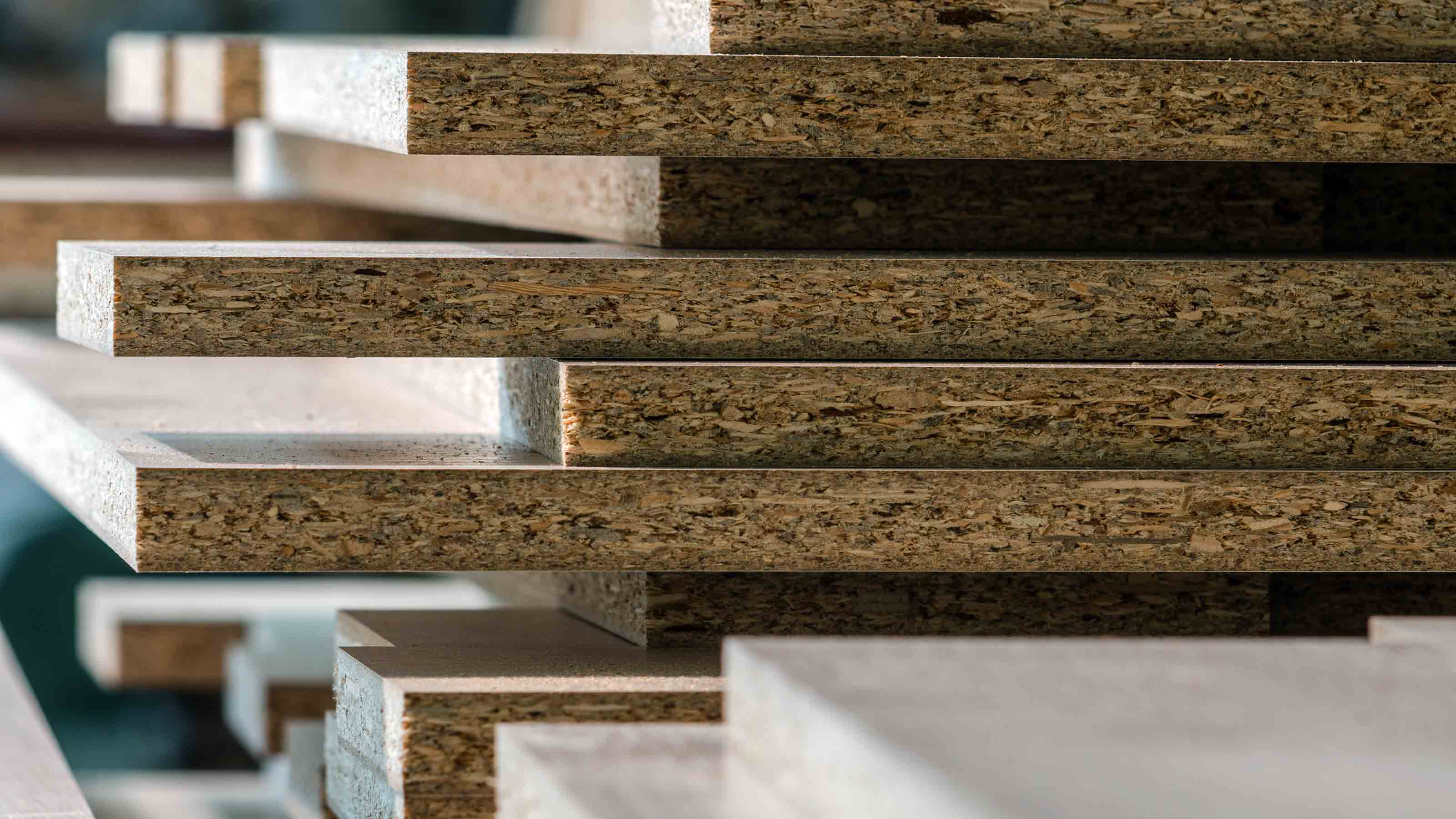
Boise Cascade
- Market value: $2.6 billion
- Dividend yield: 0.6%
It's hard to think of lumber like a technology company, but if there was a "tech stock" in the sector, it would have to be small-cap Boise Cascade (BCC, $67.03).
The reason?
BCC produces so-called engineered wood products (EWP). We're talking about particle board, heavy-load bearing joists, veneers, flexible beams, concrete forms and other value-added wood products. This is an enviable focus.
Unlike a regular 2x4, the specialized nature of these products come with higher EBITDA (earnings before interest, taxes, depreciation, and amortization) margins – historically, in the 7%- to-9% range. However, these days, thanks to rising lumber demand, Boise Cascade has been able to make some serious bank on its product portfolio. EWP margins clocked in at 15% for all of 2020 and just over 19% for the first quarter of 2021.
The second win for these sorts of EWP is that Boise focuses on contractors directly. It does sell some lumber and plywood at your local Home Depot (HD) but the bulk is distributed directly to contractors and in some cases via special or custom orders. This creates a different sort of demand profile than just catering to weekend warriors.
The end result has been a strong sales and earnings profile. Sales jumped more than 56% year-over-year during the first quarter, while adjusted earnings spiked more than 277%.
Now, those numbers are just insane and there's a good chance that BCC won't see that sort of growth next quarter. However, it doesn't need to.
Its valuation is basically free at this point. Right now, BCC can be had for a current P/E (price/earnings) of just 8.5 and a forward P/E of 11.7 based on 2022 earnings estimates. Any sort of increase to sales or profits is likely to continue to drive the lumber stock higher.
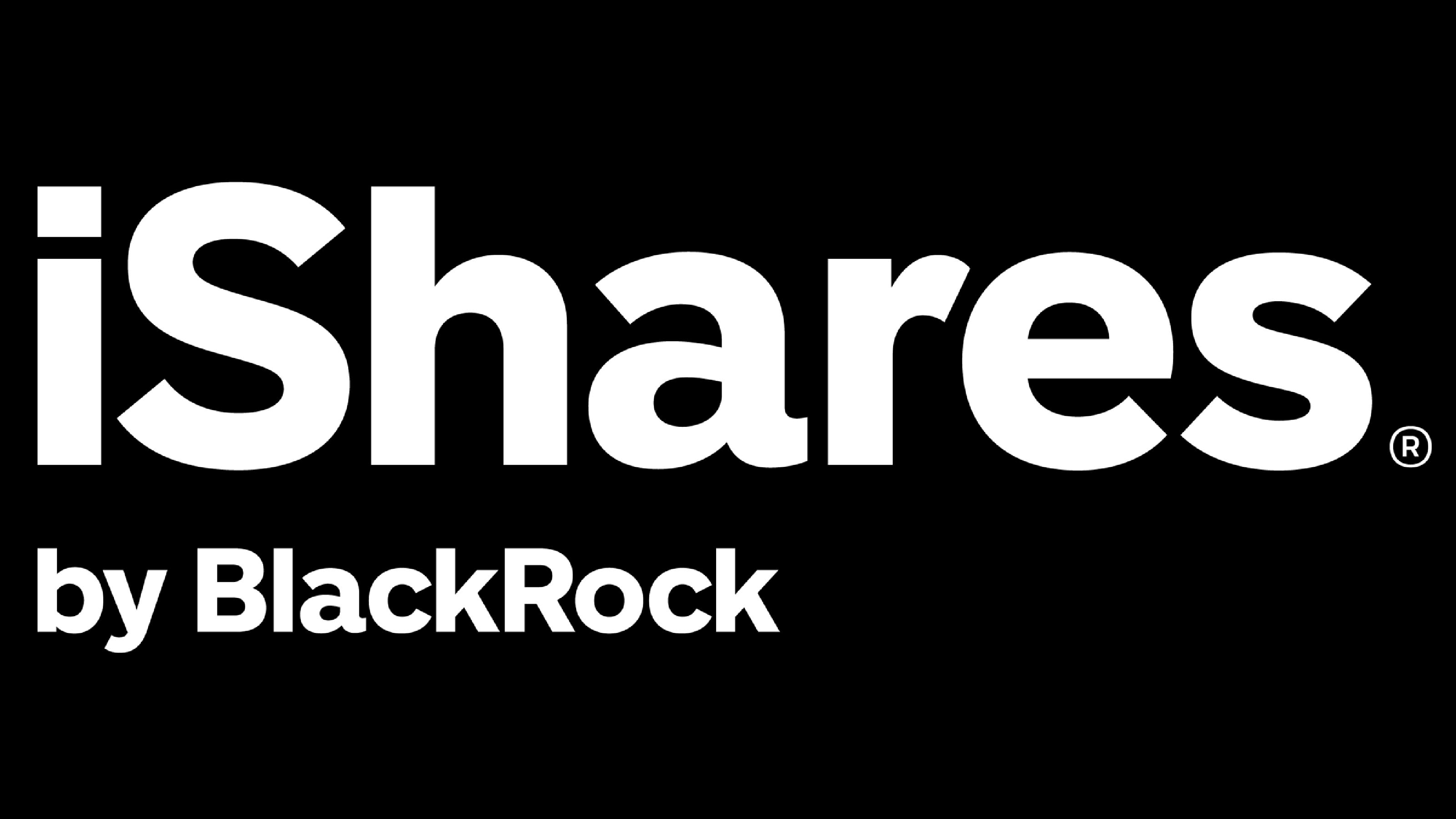
iShares Global Timber & Forestry ETF
- Assets under management: $463.5 million
- Expense ratio: 0.46% or $46 per $10,000 invested
Given the wide variety of firms winning in the current lumber mania environment, investors may want to think more broadly when it comes to allocations in the sector. And thanks to the continued exchange-traded fund (ETFs) boom, there are now a few funds designed to provide that exposure to lumber stocks.
One of the oldest and certainly largest funds in the sector is the iShares Global Timber & Forestry ETF (WOOD, $91.91).
Clever ticker aside, WOOD has nearly $500 million in assets and has been around since 2008. Volumes for the ETF are swift and have increased significantly since the start of the year.
With the iShares Global Timber & Forestry ETF, investors are able to get exposure to 25 different timber and forestry names – including all of the lumber stocks on this list. That broad bet has paid off during the current rising timber price environment. Shares of WOOD managed to post a 20.52% total return in 2020 and are currently up 15% year-to-date.
However, there are some caveats with the fund.
For one thing, it's not just a U.S. or North America-focused fund. There are plenty of emerging market and intentional stocks tucked within its holdings. In fact, the U.S. and Canada only make up about half of the ETF's assets. That might produce a different return profile than what investors are looking for or change asset allocation decisions.
Secondly, WOOD isn't a pure play on lumber pricing or timberlands. A huge percentage of the fund's assets are designated for paper and packaging firms like International Paper (IP) and Domtar (UFS). Pulp and paper pricing dynamics are not correlated with trends moving lumber. So, using WOOD isn't a one-for-one play. Nonetheless, the ETF does make an interesting, broad take on the lumber stock theme.
Get Kiplinger Today newsletter — free
Profit and prosper with the best of Kiplinger's advice on investing, taxes, retirement, personal finance and much more. Delivered daily. Enter your email in the box and click Sign Me Up.
-
 Two Don'ts and Four Dos During Trump's Trade War
Two Don'ts and Four Dos During Trump's Trade WarThe financial rules have changed now that tariffs have disrupted the markets and created economic uncertainty. What can you do? (And what shouldn't you do?)
By Maggie Kulyk, CRPC®, CSRIC™
-
 I'm Single, With No Kids: Why Do I Need an Estate Plan?
I'm Single, With No Kids: Why Do I Need an Estate Plan?Unless you have a plan in place, guess who might be making all the decisions about your prized possessions, or even your health care: a court.
By Cynthia Pruemm, Investment Adviser Representative
-
 The Best REITs to Buy
The Best REITs to BuyReal estate investment trusts, or REITs, are a special class of stocks that are known for their high dividend yields. Here's how to find the best ones to buy.
By Kyle Woodley
-
 The Cheapest Places To Retire in the US
The Cheapest Places To Retire in the USWhen you're trying to balance a fixed income with an enjoyable retirement, cost of living is a crucial factor to consider.
By Stacy Rapacon
-
 Can Stocks Picked by Artificial Intelligence Beat the Market? 3 Stocks to Watch
Can Stocks Picked by Artificial Intelligence Beat the Market? 3 Stocks to Watchstocks An artificial intelligence stock-picking platform identifying high-potential equities has been sharp in the past. Here are three of its top stocks to watch over the next few months.
By Dan Burrows
-
 Silvergate Stock Sinks on Liquidation News
Silvergate Stock Sinks on Liquidation NewsSilvergate Capital stock is spiraling after the financial firm said it's shutting down operations at its crypto-friendly subsidiary.
By Karee Venema
-
 5 Stocks to Sell or Avoid Now
5 Stocks to Sell or Avoid Nowstocks to sell In a difficult market like this, weak positions can get even weaker. Wall Street analysts believe these five stocks should be near the front of your sell list.
By Dan Burrows
-
 Financial Abuse Is on the Rise: What It Is and What to Do About It
Financial Abuse Is on the Rise: What It Is and What to Do About ItDomestic violence almost always includes financial abuse. Here’s help on identifying and understanding it and how to get help and leave in a safe way.
By Stacy Francis, CFP®, CDFA®, CES™
-
 Crypto Hackers Stole a Record $3.8 Billion in 2022. Don't Be Next.
Crypto Hackers Stole a Record $3.8 Billion in 2022. Don't Be Next.Cybercriminals stole a historic amount of crypto last year — a growing trend that puts every cryptocurrency investor at risk. The biggest hacks and how to protect yourself.
By Ben Demers
-
 Best Stocks for Rising Interest Rates
Best Stocks for Rising Interest Ratesstocks The Federal Reserve has been aggressive in its rate hiking, and there's a chance it's not done yet. Here are eight of the best stocks for rising interest rates.
By Jeff Reeves
